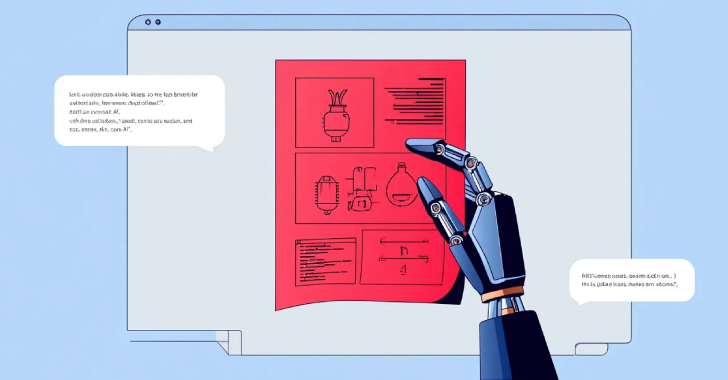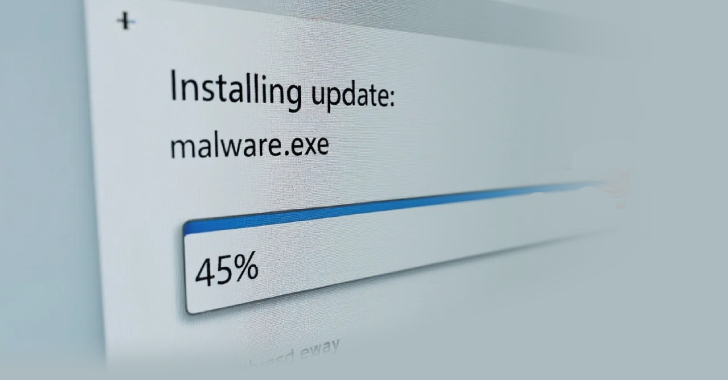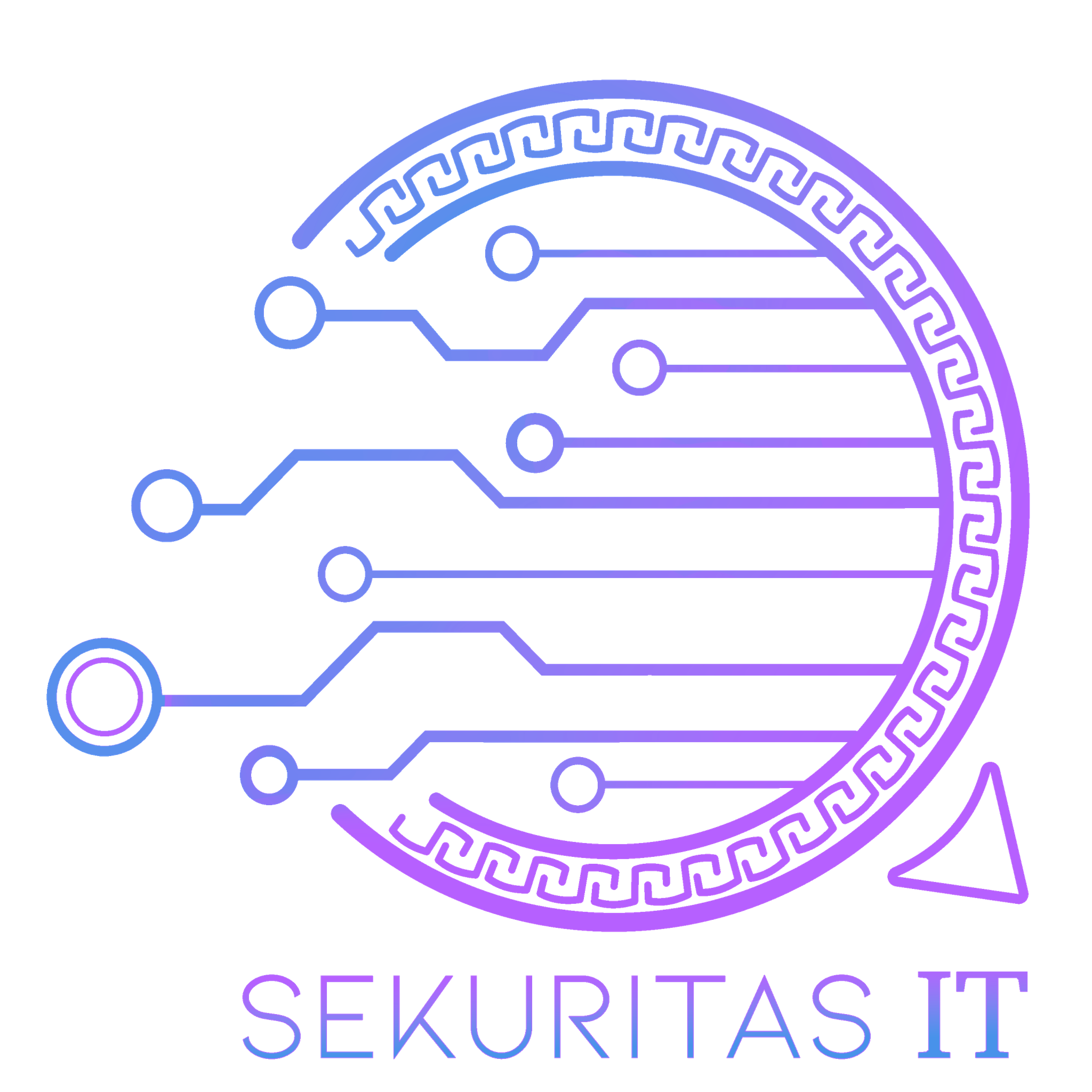Category: Uncategorized
-

Echo Chamber Jailbreak Tricks LLMs Like OpenAI and Google into Generating Harmful Content [email protected] (The Hacker News)
Cybersecurity researchers are calling attention to a new jailbreaking method called Echo Chamber that could be leveraged to trick popular large language models (LLMs) into generating undesirable responses, irrespective of the safeguards put in place. “Unlike traditional jailbreaks that rely on adversarial phrasing or character obfuscation, Echo Chamber weaponizes indirect references, semanticRead More
-

DHS Warns Pro-Iranian Hackers Likely to Target U.S. Networks After Iranian Nuclear Strikes [email protected] (The Hacker News)
The United States government has warned of cyber attacks mounted by pro-Iranian groups after it launched airstrikes on Iranian nuclear sites as part of the Iran–Israel war that commenced on June 13, 2025. Stating that the ongoing conflict has created a “heightened threat environment” in the country, the Department of Homeland Security (DHS) said in…
-

XDigo Malware Exploits Windows LNK Flaw in Eastern European Government Attacks [email protected] (The Hacker News)
Cybersecurity researchers have uncovered a Go-based malware called XDigo that has been used in attacks targeting Eastern European governmental entities in March 2025. The attack chains are said to have leveraged a collection of Windows shortcut (LNK) files as part of a multi-stage procedure to deploy the malware, French cybersecurity company HarfangLab said. XDSpy is…
-

How AI-Enabled Workflow Automation Can Help SOCs Reduce Burnout [email protected] (The Hacker News)
It sure is a hard time to be a SOC analyst. Every day, they are expected to solve high-consequence problems with half the data and twice the pressure. Analysts are overwhelmed—not just by threats, but by the systems and processes in place that are meant to help them respond. Tooling is fragmented. Workflows are heavy.…
-

Google Adds Multi-Layered Defenses to Secure GenAI from Prompt Injection Attacks [email protected] (The Hacker News)
Google has revealed the various safety measures that are being incorporated into its generative artificial intelligence (AI) systems to mitigate emerging attack vectors like indirect prompt injections and improve the overall security posture for agentic AI systems. “Unlike direct prompt injections, where an attacker directly inputs malicious commands into a prompt, indirect prompt injectionsRead More
-
SentinelOne vs. CrowdStrike: EPP tools for the enterprise
Compare SentinelOne and CrowdStrike endpoint protection platforms, which both offer strong endpoint security with GenAI, but differ in pricing tiers and specialized strengths.Read More
-

⚡ Weekly Recap: Chrome 0-Day, 7.3 Tbps DDoS, MFA Bypass Tricks, Banking Trojan and More [email protected] (The Hacker News)
Not every risk looks like an attack. Some problems start as small glitches, strange logs, or quiet delays that don’t seem urgent—until they are. What if your environment is already being tested, just not in ways you expected? Some of the most dangerous moves are hidden in plain sight. It’s worth asking: what patterns are…
-
Update Kali Linux to the latest software repository key
Kali Linux users might encounter errors when they update or download new software, exposing systems to security threats. A new repository key will eliminate those problems.Read More
-
What is a SYN flood DoS attack?
A SYN flood attack is a type of denial-of-service (DoS) attack on a computer server. This exploit is also known as a ‘half-open attack.’Read More
-

Scattered Spider Behind Cyberattacks on M&S and Co-op, Causing Up to $592M in Damages [email protected] (The Hacker News)
The April 2025 cyber attacks targeting U.K. retailers Marks & Spencer and Co-op have been classified as a “single combined cyber event.” That’s according to an assessment from the Cyber Monitoring Centre (CMC), a U.K.-based independent, non-profit body set up by the insurance industry to categorize major cyber events. “Given that one threat actor claimed…
